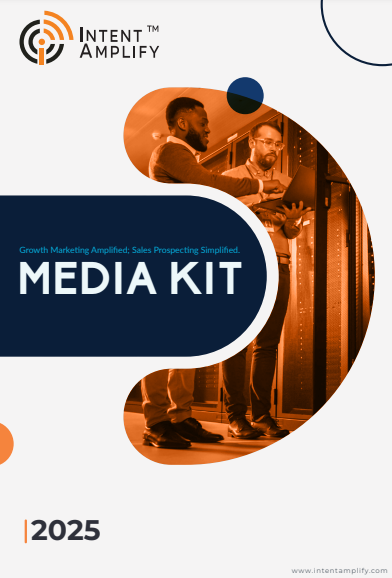
Why 70% of B2B Companies Struggle to Use Intent Data – and How Intent Amplify® Fixes It
- Last updated on: September 19, 2025
Intent data is a strong B2B marketing and sales tool, which gives the teams insight into the accounts that are actively looking for solutions. Nevertheless, there is a problem with intent data usage, as 70% of B2B companies cannot use it effectively. It is a common problem that organizations collect large amounts of signals. But cannot convert them into actionable strategies that will increase their pipeline.
A gap like this represents a challenge as well as an opportunity for modern marketing and sales leaders. The companies that are able to read the intent signals rank the accounts correctly. Engaging the prospects at the right time will get a competitive advantage that is hard to match. The article covers the reasons for B2B companies’ struggles with intent data. And how Intent Amplify® unmasks the hidden revenue potential behind those raw signals.
Challenges in Using Intent Data
Despite all the efforts that many B2B companies make, they fail to successfully use intent data due to several recurring challenges they face:
1. Data Overload
In most cases, companies can have access to thousands of signals indicating intent across multiple channels, such as website interactions or consumption of third-party content. In that case, the marketing teams may feel overwhelmed if there is no way to prioritize and rate the signals. The result is the teams running disjointed campaigns and spending a part of their budget on accounts that are not yet at the stage to engage with you.
2. Integration Issues
Simply put, intent data is of no use if not integrated with CRM systems, Account Based Marketing (ABM) platforms, and marketing automation tools. The difficulty in the synchronization of intent insights across these platforms is what causes the visibility to be fragmented and the opportunities to be missed by many organizations.
3. Actionability Challenges
The teams, even with an integrated intent data system, still struggle with personalization of the campaigns using the data because they find it hard to convert the insights into that. Lowering the number of people involved to their generic character will make this even worse, as less engagement from customers will be the result, hence the high-intent ones may become lost.
4. Alignment Gaps Between Marketing and Sales
Teams of marketers may be capable of recognizing the intent signals but still be unable to package and convey them to the sales department. On the other hand, due to pressing issues or the absence of a structured process, sales teams may not act on the insights. This lack of teamwork is what makes organizations unable to reap the maximum benefits of high-intent accounts.
5. Measurement Confusion
Determining the ROI of intent-driven engagements is not a simple task. Most B2B companies are not able to connect intent data directly to pipeline contribution or revenue impact. And thus feel uncertain about the programs’ true value.
All these challenges, explain why a vast majority of B2B organizations fail to make full use of intent data. While such data could accelerate revenue and improve targeting if unlocked.
The Cost of Ignoring Intent Data
There are consequences that can be felt when a company does not act on the intent data:
- Missed Revenue Opportunities: The high-intent accounts may interact with the competitors to your business unless you have targeted them in your campaigns.
- Slower Pipeline Velocity: Without signals leading the outreach, the teams might concentrate on accounts that are either too early or too late in their purchasing journey.
- Inefficient Resource Allocation: Time, money, and energy are used in going after low-intent accounts or in making campaigns that do not catch on.
- Competitive Disadvantage: Competitors, who are using intent insights, will be able to win market share quicker and get closer to their buyers earlier in the decision cycle, thus becoming the trusted advisors.
Since B2B buyers are becoming more self-sufficient and are increasingly making their own decisions, the option to disregard intent data is not there anymore. Those companies that are not able to read the signs in real-time will be the ones behind both in engagement and revenue performance.
How Intent Amplify® Fixes These Issues
Intent Amplify® is the tool that brings the raw data of buying signals closer to actionable campaigns, thus bridging the gap and consequently solving the problems that are the main cause of organizational inefficiencies. Here’s what it does:
1. Prioritization and Scoring
The most important thing that Intent Amplify® can do is to discover the accounts that are most likely to buy products or services. As a result, by identifying such accounts, sales teams will be able to concentrate on the prospects that are going to convert rather than lose time in less potential opportunities. By assigning scores to accounts that show high engagement patterns, topic relevance, and intensity of buying interest, marketers will be able to lead as many as they want without wasting much time.
2. Omnichannel Activation
After identifying those accounts with strong buying signals, Intent Amplify® makes it possible to establish a well-organized multi-channel campaign together with a single objective. Some examples of such channels could be personalized emails, LinkedIn engagement, content distribution, and retargeting campaigns. An organization that reaches a prospect through a variety of channels increases the probability of that prospect’s contact and thus shortens the path to conversion.
3. Marketing and Sales Alignment
Intent Amplify® establishes a direct link between the marketing and sales teams. Then we enable the latter to be the first responders when intent signals occur, such as initiating a call or sending the prospect some form of communication. With a common perception of the account’s readiness for interaction, sales teams can start conversations with confidence while marketing, through dedicated content, tackles the issue of pain points.
4. Measurement and Continuous Optimization
Through intent-driven programs, pipeline contribution and revenue impact are vividly clear thanks to Intent Amplify®. Metrics can be logged, such as account engagement, lead-to-opportunity conversion, and deals closed; then, the teams continue to optimize their campaigns until they achieve better than before their ROI goals. Hence, the utilization of intent data is translated into quantifiable business advantages.
By converting the focus of B2B companies on these crucial areas, Intent Amplify® allows them to move past the unprocessed signals in the direction of a growth engine that is predictable instead of leaving them untouched as a resource.
Conclusion
While intent data is a goldmine of opportunities, only 30% of B2B companies manage to use it effectively. The main factors leading to this failure are data overload, integration difficulties, and lack of actionability. Also, the problem of silos in organizations. The cost of disregarding these signals is high, as it results in the loss of opportunities and revenue, and slower pipeline growth.
Intent Amplify® gives companies a step-by-step and action-driven plan to make the most out of the intent data they have. Such organizations can then engage with accounts that are likely to bring the most value. And run campaigns across various channels that deliver results. This can then be tracked. The companies that are geared towards intent-driven strategies are the ones that compete in the market to their advantage. Because of this are able to turn the data-derived insights into real outcomes of their businesses. While at the same time, successfully utilizing marketing and sales.
FAQs
1. Why do so many B2B companies fail with intent data?
One main reason they fail is because of the overload of data they face. The difficulty of integrating the different data sources. And the challenge of turning the signals into campaigns that can be acted upon.
2. Can intent data actually improve pipeline efficiency?
Yes. If one uses it to decide which accounts to tackle, and to help the preparation of a personalized approach. Then the pipeline will be moved much faster.
3. How do I know which accounts to prioritize?
The best course of action is to look for those accounts that are showing the most going-to-buy signals. And at the same time, they are in line with your ideal customer profile (ICP).
4. How long before I see results from an intent-driven program?
The majority of organizations see that their engagement and pipeline progress can be quantified. That too, within 2-3 months from the start of their programs.
5. Is external expertise necessary to implement intent data effectively?
Yes. Internal teams are capable of taking care of a bit of everything. But a partnership with a platform such as Intent Amplify®. It makes data not only accessible but also actionable, prioritized, and seamlessly integrated into revenue-driving accounting strategies.



